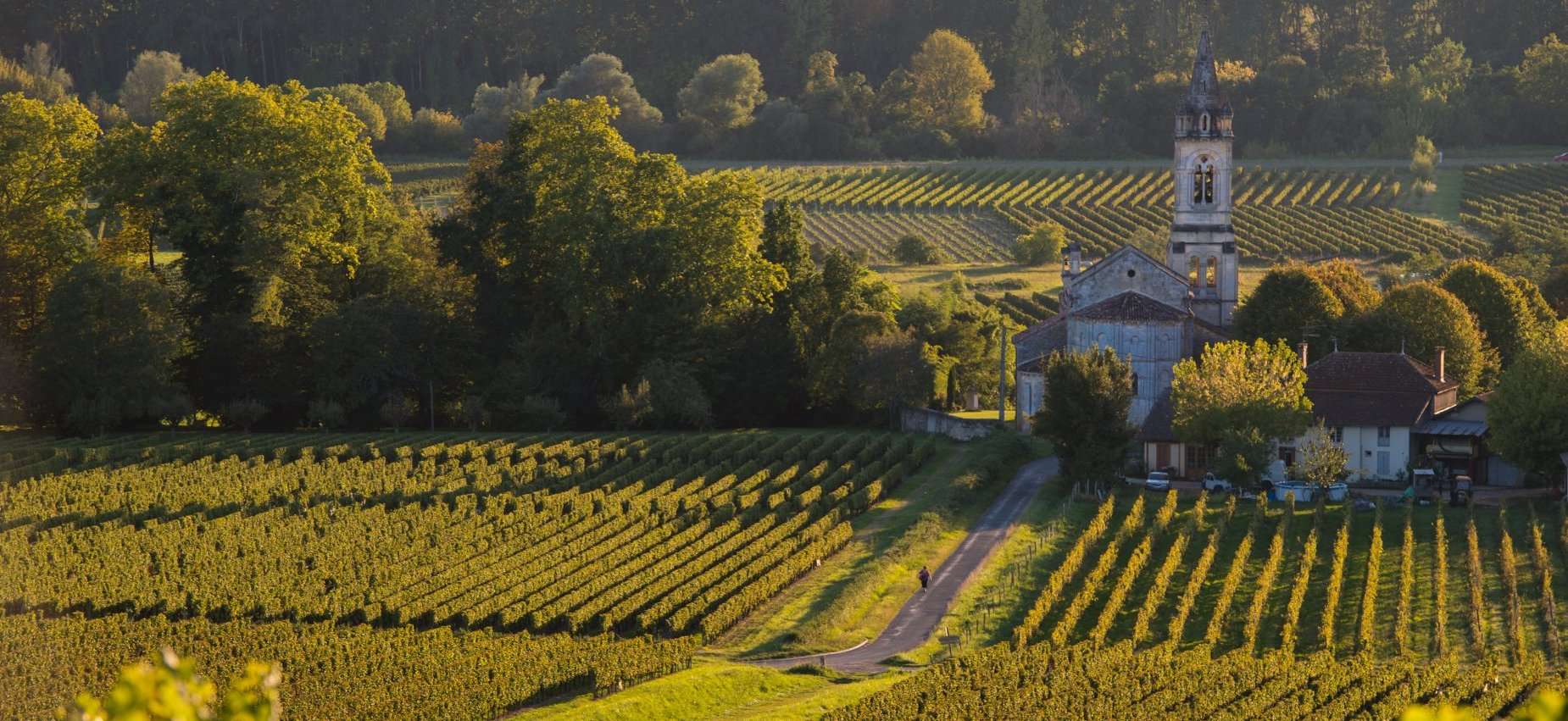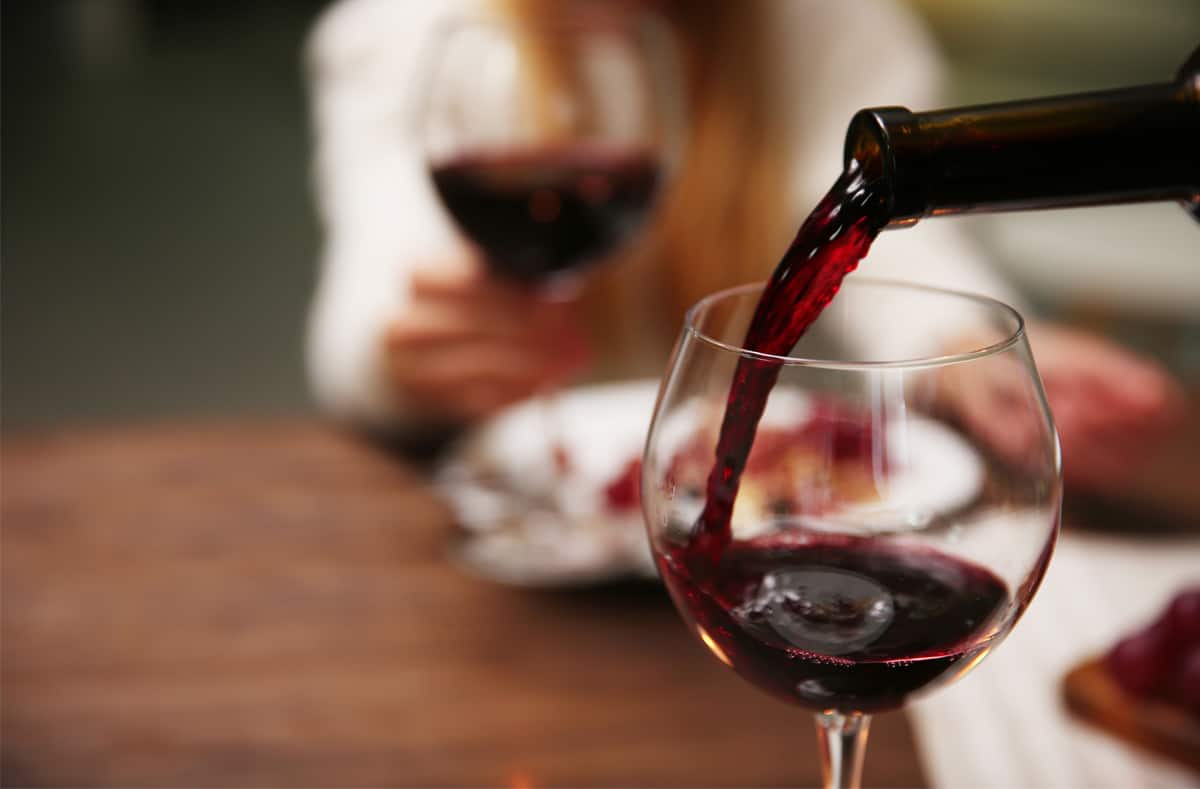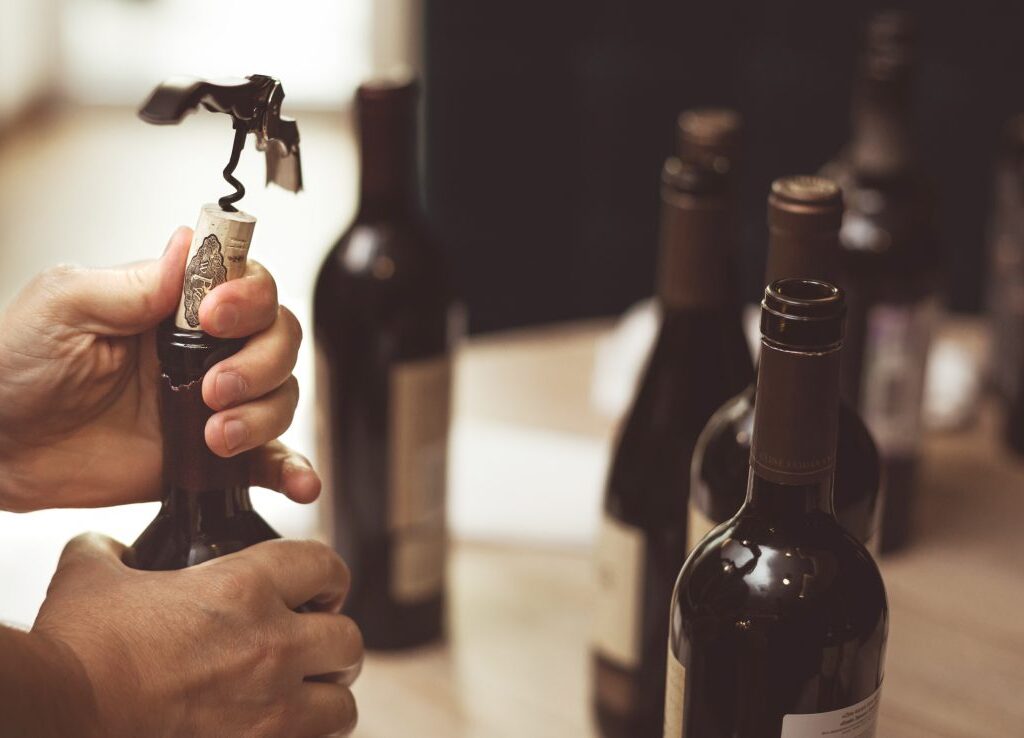Bordeaux Wine – Not Just for the Super Rich!
Bordeaux is one of the most celebrated parts of France, primarily for its reputation as a stellar wine-producing region. Known primarily for its reds, the two most popular grapes found in this part of the country are Cabernet Sauvignon and Merlot.

There are plenty of varietal-specific Bordeaux wines on the market, but you’re much less likely to see 100% Cabernet Sauvignon or Merlot wines than to encounter those which are blended with other grapes.

Cabernet Franc, Petit Verdot, and Malbec are all great candidates for blending. Many of these grapes are grown on the Banks of Bordeaux, with plantings alongside the many rivers that run throughout the region.
While reds tend to be the star in Bordeaux, winemakers in the area also produce a number of different whites.
These tend to blend, often referred to either as “White Bordeaux” or “Bordeaux Blanc.” The grapes can vary, but Sauvignon Blanc and Sémillon are traditionally the two most popular varieties.
Finally, Bordeaux is home to Sauternes, which remains popular throughout the world as being one of the most enjoyable dessert wines available.
But what is Bordeaux wine, and what makes Bordeaux so special?
Essentially, Bordeaux has always been a city of trade and enormously important port town throughout much of the past five hundred years. As such, it grew prosperous and was synonymous with new ideas and influence.
The wine of the region grew fashionable with the royalty and aristocracy of Old Europe, with money being pumped into the various traditional wineries of the region to continue growing vines and producing the wines which people were beginning to develop a taste for. These wines were always characterful, and the wineries were highly successful due to the perfect climatic conditions for viticulture.
Bordeaux is, regarding climate and soil quality, perfect wine country – warm and temperate, with cooling oceanic winds making a lengthy ripening season across the highly fertile land. This, coupled with healthy trade and international interest, saw Bordeaux wines rise to the very highest tables in the land, where it has remained ever since.
But what is it that makes Bordeaux wine so distinctive?
Firstly, while some excellent white and sweet wines come out of the Bordeaux region, the area is best known and most closely associated with red wines. And not just ordinary red wines, but carefully blended wines, made from noble grape varietals which are blended and balanced together to produce wines of extraordinary character.
The essential noble grape varietals which are needed for a Bordeaux blend are Cabernet Sauvignon and Merlot. While many wineries and appellations bring other grape varietals into their mix, such as Petit Verdot and Cabernet Franc, it is only Cabernet Sauvignon and Merlot which are necessary – by law, no less – to allow a Bordeaux red wine to carry this lofty title.

Each sub-region of Bordeaux has its own peculiarities and specifications, but the region can be broadly split into two halves, dissected by the Gironde river which snakes its way through the city.
The left bank of the Gironde produces wines made from a higher quantity of Cabernet Sauvignon grape juice, resulting in a wine with stronger tannins, deeper body, and higher astringency. This character is softened by the smaller quantity of Merlot, which brings its plummy, fruity softness to the bottle.
The right bank, on the other hand, uses Merlot as its primary blending grape, meaning the soft, fruity, plump wines are strengthened and given body by the smaller quantity of Cabernet Sauvignon grape juice in the blend.

Each winery will then add other grape blends into the mix to accentuate different characteristics and produce a unique family of wines – all slightly different, but all connected by grape species and a consistent level of excellence.
Aging Potential
Of course, one of the key reasons why Bordeaux is so prized around the world is due to its aging potential. All of the red wines of Bordeaux will be aged in traditional barrels before bottling, but thanks to the emphasis on the tannic Cabernet Sauvignon grape, they are perfect for aging in the bottle.
This process will allow the tannins in the wine to soften, the different components of the wine to further blend, resulting in wines of ultimate complexity and roundness. As such, many Bordeaux wines are highly collectible, and will often take thousands of dollars at auction – only to sit in dusty cellars, untouched for decades!
Not Just for the Super Rich!
There are some wine producers of Bordeaux which have become synonymous with excellence and exclusivity – tiny yields, limited numbers of bottles being released into the world, and a greater emphasis on aging and character, thanks to these wineries having a prime location on the banks of the Gironde river.
However, you don’t need to be a millionaire to enjoy Bordeaux wine. For under twenty dollars, you can find a red, blended wine from appellations like Saint-Émilion, and thanks to France’s strict laws maintaining the quality of wine bearing the names of individual sub-regions and appellations, you can be sure that you’re in for a treat. For a relatively small sum of money, everyone can partake in a viticultural tradition that spans centuries and is sure to please time and time again.




















